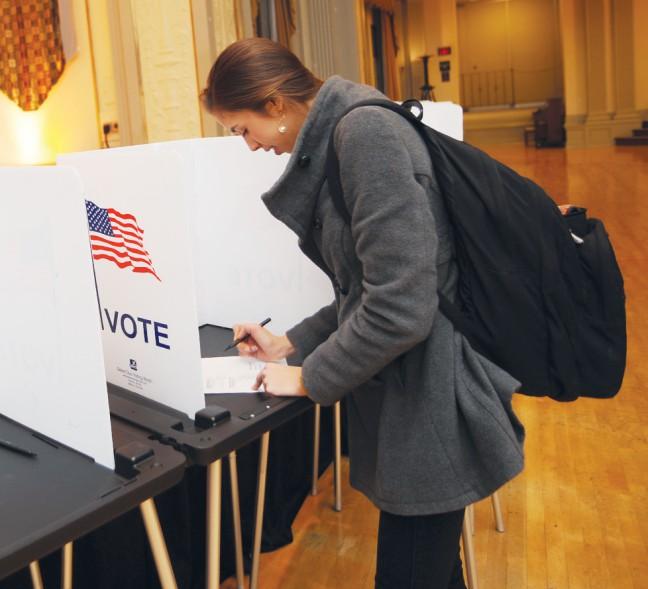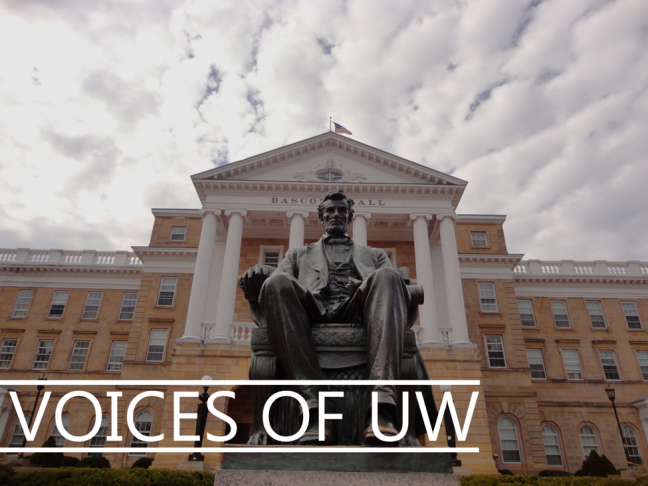How will candidates for the University of Wisconsin chancellorship respond when asked about their “personal commitment to issues of diversity and inclusion”? That commitment is one of the five leadership qualities called for in advertising this position.
What does “personal commitment” mean? That is difficult to say. Yet it seems quite likely each of the last four UW chancellors – Donna Shalala, David Ward, John Wiley and Biddy Martin – would have described themselves as having a personal commitment to diversity, perhaps even a “strong” commitment.
One important test of that commitment is the progress made during their administrations toward greater racial/ethnic diversity in the undergraduate student body.
Chancellor Shalala, in her 1988 Madison Plan, called for doubling new freshman minority enrollment within five years. By fall of 1991, minority enrollment had fallen below the 1988 total, and in a UW press release she admitted, “What we have been doing to increase new minority enrollment has simply not worked.”
Chancellor Ward, in his Madison Commitment, agreed in 1996 to the goal of proportional representation of new minority freshmen by the year 2000. Though minority enrollment increased, it fell short of his proportional goal.
Chancellor Wiley oversaw Plan 2008, which began under Ward, and again new targeted minority freshman enrollment rose. Despite major efforts and substantial expenditures during the decade-long Plan 2008, minority freshman target enrollment still fell short of the proportional goal.
Chancellor Martin apparently displayed the required “personal commitment” to diversity and inclusion when she was hired. Despite the adoption of a “holistic admissions” process that explicitly allowed race and ethnicity to be considered in admissions decisions, new targeted minority freshmen enrollment rose but still fell short of proportionality.
The weak showing by all four chancellors in their commitment to this key goal of diversity indicates a failure to understand the underlying problem. Research by Academic Planning and Analysis staff in the Provost and Vice Chancellor for Academic Affairs Paul Deluca’s office reveals what most people recognize – the root cause of UW’s diversity problem is the lack of adequate academic preparation by many of Wisconsin’s targeted minority high school graduates.
That research, titled “UW”Madison’s In”State New Freshman Enrollment Pipeline,” demonstrates that in 2010, only 6 percent of Wisconsin’s minority high school graduates could be described as “well prepared” for UW, as contrasted to 25 percent of the state’s nonminority high school graduates. This situation has remained unchanged since the year 2000.
The only way UW succeeds in enrolling as many targeted minority students as it does is by relying on its preferential admissions policy and the recruitment of minority students from outside Wisconsin.
Upcoming meetings with the four chancellor finalists will give students, faculty and staff members and the general public an opportunity to question them on the nature of their “personal commitment to issues of diversity and inclusion.” Whatever their responses, will a new chancellor be able to boost targeted minority enrollment and simultaneously eliminate the gap in minority graduation rates?
W. Lee Hansen ([email protected]) is a professor emeritus of economics.











